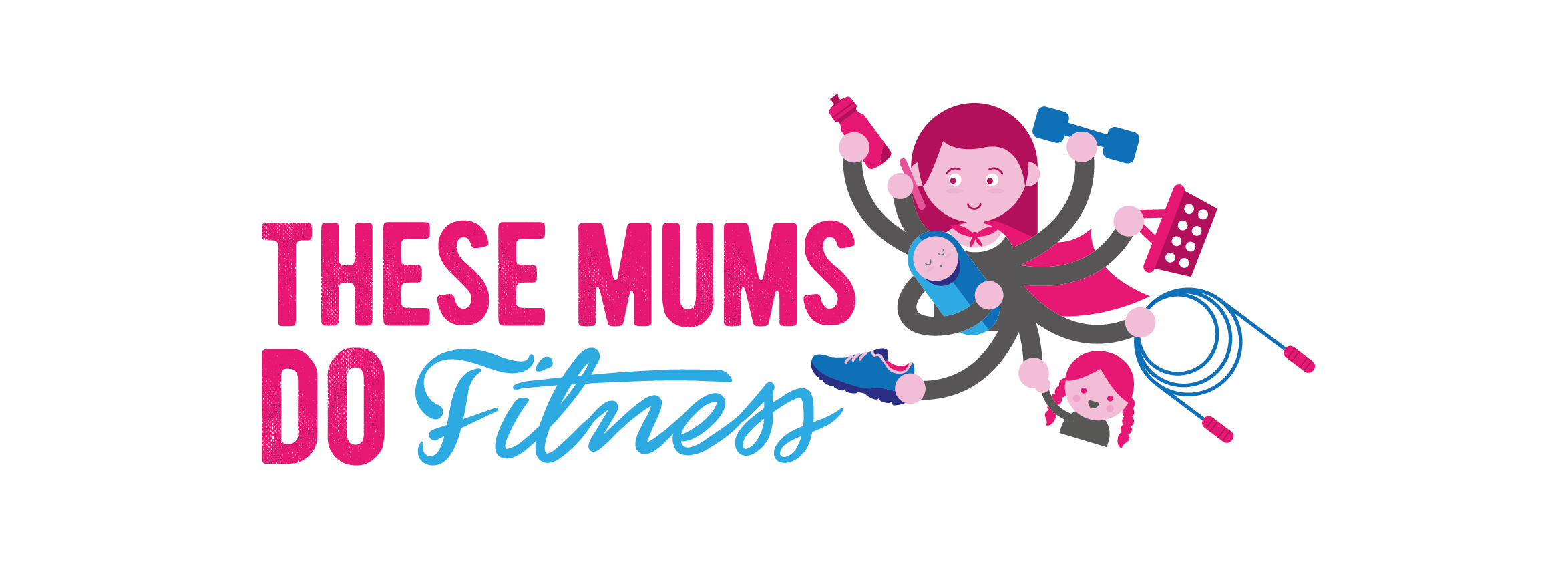The official medical term for this is “diastasis recti abdominus” and although often referred to as a “Mum Tum” it is actually a medical condition which in some cases can have serious consequences. It is a condition where the right and left sides of the rectus abdominis, the so called ‘six-pack’ muscles, spread apart at the stomach midline (the linea alba). Separation of your abdominal muscles during your 3rd trimester of pregnancy is entirely normal and ALL women will experience this to a degree. This is due to the growth of the baby in the uterus pushing against the abdominal wall, and pregnancy hormones that soften connective tissue. Separation can occur any time in the last trimester but is most problematic after pregnancy when the abdominal wall is weak.
What are the consequences? When the stomach muscles are drawn apart during pregnancy they are unable to work properly and can’t respond to the stresses and strains of the day to support your body as they should, and it can prevent optimal function of the core. Your abdominals are important in supporting your back if a diastasis is left untreated, it can cause a number of issues including pain in your back or pelvis, poor core stability and pelvic floor dysfunction – yes, you read that right – pelvic floor muscles. 66% of women with diastasis recti have some level of pelvic floor dysfunction (Spitznagle et al 2007).
Your stomach muscles and pelvic floor muscles are intrinsically linked and to strengthen one will hugely help the other. This is another reason why doing your pelvic floor exercises is so important. In many cases physio is needed to help restore stability to the abdominals so they can function optimally. It is easy to check if you have a diastasis; lie on your back with your knees bent and press your fingers down towards your spine a few centimetres above and below your belly button, perform a sit up movement and see can you feel the rectus abdominus muscles come together around your fingers. If the gap is more than two fingers width, you should seek out physiotherapy to help abdominal recovery.
Traditional “ab” work like crunches and planks won’t restore normal muscle activity if you have a diastasis and if performed inefficiently, can actually cause more harm than good. This is why I never have “crunches” or anything like that in my classes and why I demonstrate ½ planks along side full planks or give you the option to do a totally different exercise so that you don’t do anything unsuitable until your body is “ready” and back to normal – whatever normal might be!!
Some helpful tips for general function and healing after having a baby are:
- Reduce the load on your abdominal wall by avoiding excessive lifting and twisting – when getting out of bed, always roll onto your side, drop your legs off together and push up into a sitting position with your arms. Do the reverse to get back into bed.
- Allow your body to rest as much as possible for the first 4-6 weeks. As hard as it is for some (not so much for others!!) your body WILL thank you for it. From 6 weeks post labour (10 after c-section) you are fine to start exercising but take things easy – don’t do full HIIT training off the internet – try and exercise with someone like me, a post natal specialist. I’m qualified to know suitable exercises and also quickly adapt exercises if you can’t fully complete the full one or if it hurts you section scar, etc
- Avoid all activities that place stress on your stomach, and that stretch or overly expand the abdominal wall. Movements to avoid:
- All strenuous exercises that cause your abdominal wall to bulge out
- Sit ups/abdominal crunches
- Holding baby on one hip continuously
- Lifting and carrying heavy objects – this includes the car seat so be very careful when lifting that in and out of the car and avoid carrying it for prolonged periods of time
- Intense coughing while your muscles are unsupported (obviously sometimes unavoidable but if possible!)
- When lifting your baby, draw in and hold your tummy muscles, bend your knees and bring baby into your chest when you lift.
- Keep yourself well hydrated and eat as healthily as possible to promote tissue healing. As hard as it is, the more fruit and veg you have early on, the healthy option will help your recovery – sorry!!! Ha ha
So by way of finishing this blog – if you don’t feel “right” please don’t ignore it – get some help. Your doctor can refer you for appointment with a specialist women’s health physiotherapist. Professional advice is essential in your recovery and the sooner you do it, the better it is. Please speak to your GP before or at your 6 week check and they will be able to refer you for an NHS appointment.
If you didn’t want to wait for an NHS referral, you can go to a Mummy MOT practitioner privately. I work closely with pelvic physiotherapist, Felicity Nicholson who provides a specialist post natal physiotherapist assessment called a ‘Mummy MOT’. She believes all women postnatally should be able to access pelvic physiotherapy to help them recover optimal pelvic health. She works in the NHS and privately and uses pilates to help mums restore optimum abdominal and pelvic floor recovery. These do cost money (approx. £65-75) but (personally) they’re worth the investment entirely as you get a personal 1:1 session to discuss any issues or problems you may have discovered and you get a tailored plan designed specifically for your post natal rehab.
